For years, the worlds of SEO and branding often felt like parallel universes. SEO was seen as the technical engine of search visibility, while branding was the creative architect of identity and perception. But in today’s digital-first landscape, this perception is rapidly changing. As someone working in the branding space, you might be surprised to learn just how deeply SEO insights can enrich and inform your strategic decisions, offering a competitive edge you might be missing. We at XDigitalSEO have witnessed this as more and more branding professionals come to us for those priceless insights.
We’re not just talking about keyword rankings here. Modern SEO is a goldmine of data, providing unparalleled insights into market trends, audience behavior, and competitive landscapes. When leveraged effectively, these insights can be a game-changer for anyone tasked with building, evolving, or strengthening a brand. So, how does SEO impact brand awareness? Let’s take a deeper dive.
1. Understanding Your Audience on a Deeper Level
Traditional branding often relies on market research, surveys, and focus groups to define target audiences. While valuable, these methods can sometimes be limited in scope and real-time accuracy. SEO, however, offers a direct window into the minds of your potential customers.
- Search Intent Unveiled: What are people actually searching for when they encounter a problem your brand solves? What questions are they asking? SEO tools reveal the exact phrasing, long-tail queries, and underlying motivations behind searches. This goes beyond demographics, giving you a nuanced understanding of their pain points, desires, and decision-making processes.
- Content Gaps & Opportunities: By analyzing search queries, you can identify topics and information your audience is seeking but isn’t finding readily available. This directly informs your content strategy, allowing you to create valuable, audience-centric content that reinforces your brand’s expertise and helpfulness.
- Behavioral Patterns: SEO data can reveal not only what people search for, but also how they interact with content once they find it. Which pages do they spend the most time on? What content leads to conversions? This behavioral data is invaluable for refining your brand messaging and user experience.
2. Identifying Untapped Market Opportunities
Branding thrives on differentiation and relevance. SEO provides the tools to uncover niches and emerging trends that might not yet be on your radar.
- Emerging Search Trends: Keep an eye on rising search volumes for specific keywords or topics. This can signal nascent market demands or shifts in consumer interest, allowing your brand to be an early adopter and position itself as a leader.
- Competitor Analysis, Beyond the Obvious: SEO competitor analysis isn’t just about who ranks for what. It’s about understanding their content strategy, the audience segments they’re targeting, and where they might be leaving gaps. This intelligence allows you to carve out unique positioning and differentiate your brand effectively.
- Geographic Insights: For brands with a local presence or regional aspirations, SEO provides granular data on search demand in specific locations. This can inform localized branding efforts and marketing campaigns.
3. Informing Your Brand’s Messaging and Tone of Voice
Your brand’s voice needs to resonate with your audience. SEO insights can help you fine-tune this crucial element.
- Language that Connects: By analyzing the language and terminology your target audience uses in their searches, you can adapt your brand’s messaging to be more relatable and authentic. Avoid industry jargon if your audience isn’t using it.
- Addressing Concerns & Building Trust: Understanding the questions and concerns people have allows you to proactively address them in your branding and communication. This builds trust and positions your brand as knowledgeable and reliable.
- Emotional Triggers: Sometimes, search queries can reveal the underlying emotional state of your audience. Are they frustrated? Hopeful? Anxious? This understanding can inform the emotional appeal and tone of your brand messaging.
4. Measuring Brand Visibility and Impact
While brand awareness can be challenging to quantify, SEO provides tangible metrics that contribute to this understanding.
- Organic Visibility: Tracking organic search visibility for your brand name and related terms provides a direct measure of how easily people can find you.
- Brand Mentions and Citations: While not directly an SEO ranking factor, SEO tools can help track brand mentions across the web, indicating your brand’s overall digital footprint and influence.
- Keyword Performance for Brand-Related Terms: Monitoring how well your brand ranks for terms directly associated with your products or services gives you insight into brand association and recall.
The Synergy Effect
Ultimately, the power lies in the synergy between SEO and branding. SEO isn’t just a technical exercise; it’s a window into the market’s collective consciousness. By integrating these deep insights into your branding strategy, you can:
- Create more relevant and impactful brand messaging.
- Identify and capitalize on emerging market opportunities.
- Develop a deeper, data-driven understanding of your audience.
- Build a brand that not only looks good but also performs exceptionally in the digital realm.
So, if you’re in branding, it’s time to forge a stronger alliance with your SEO counterparts. The market insights they can provide are no longer just a “nice to have” – they are an essential ingredient for building truly resonant and successful brands in today’s competitive landscape.
Contact XDigitalSEO
You can also find us on:





